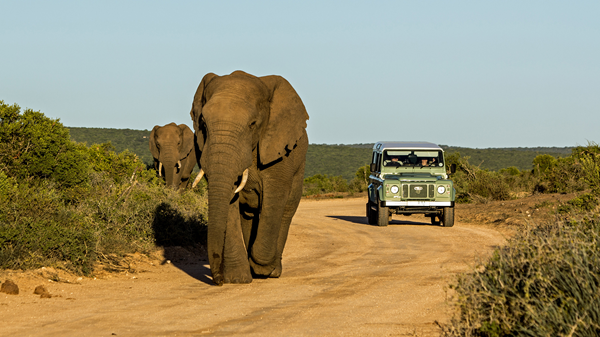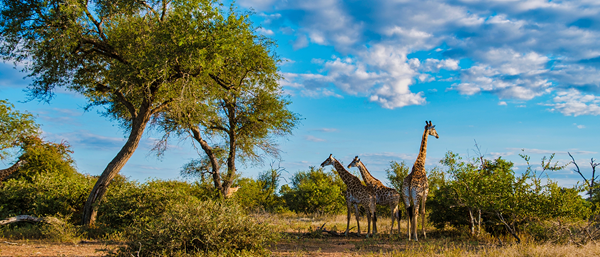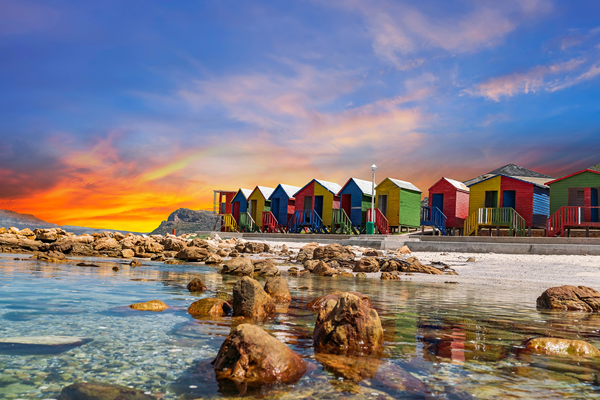03 November 2023
Tête-à-tête
India Remains One of The Top-3 Focus Markets for South African Tourism
Neliswa Nkani, Hub Head – Middle East, India and South East Asia, South African Tourism, discusses the roadmap ahead to tap the Indian market. Excerpts from the interview:
How significant is India as a source market for you?
India remains a core market for South African Tourism globally and holds much promise. Owing to our recovery efforts in the previous year we welcomed more than 50,000 Indian travellers to the Rainbow Nation. It is our 6th largest international source market and remains one of the top-3 focus markets for South African Tourism globally.
The travel trends for inbound traffic from India continue to remain encouraging and we are looking to target pre-pandemic arrival numbers this year. Mumbai has been our largest Indian source market which witnessed 64% of forward bookings for H1 2023 and we are confident of replicating similar growth in other cities. Our aim currently is to engage with our trade partners as well as consumers and work towards further increasing footfalls from India. Marking 30 years of bilateral relations between India and South Africa, we recently hosted the largest-ever Indian trade delegation at this year’s Africa’s Travel Indaba 2023.

How do you see the potential of India outbound?
Since the resumption of economic activities India’s outbound tourism has witnessed a dramatic increase. Indians have realised the importance of unpacking to new destinations, gaining fresh experiences and exploring varied cultures. The growth in outbound tourism also propelled India as one of the largest source markets for tourism boards like South Africa. India is amongst the largest source market for outbound travellers and is expected to play a vital role in future. For instance, in India, millennials are 34% (at 440 million) of the country’s total population, making it one of the world’s largest millennial markets. Together with Gen Z, they are estimated to comprise 50 percent of India’s population by 2030. These youngsters who form a majority part of the Indian workforce are looking to invest in experiences as opposed to assets.
Additionally, we have also witnessed a huge increase in the discretionary spending capabilities of tier-2 and tier-3 feeder markets across the country. One cannot overlook India’s potential in the tourism industry and without investing in Indian market, tourism growth will be short-lived for any country. It is a market to reckon with and has the willingness to travel internationally.
How do MICE (Meetings, Incentives, Conferences, and Exhibitions), leisure travel, and the combination of business and leisure travel (BLeisure) contribute to your total traffic from India?
In the previous year, 1 in 4 travellers from India were motivated by MICE and business travel whereas nearly 43% were leisure travellers. The rise of digital era and increased flexibility in people’s work routines has allowed them to work from anywhere. This has further resulted in growth of Bleisure travellers around the world. South African Tourism emerged as a major beneficiary of this trend due to the country’s temperate weather conditions all-year round with graded accommodations as well as experiences across wildlife, adventures and sightseeing.

How good is the air connectivity between India and South Africa, and what measures can be taken to enhance it to accommodate the growing number of travelers and potentially increase inbound traffic to South Africa?
At present, there are many airlines that offer connecting flights with short layovers to South Africa and from India. However, as we continue to witness an increase in travellers, there is a need for non-stop flights between the two nations. Establishing direct connectivity between India and South Africa will not only help ease the journey for existing travellers but also has the potential to propel multi-fold increase in inbound traffic to South Africa. Currently, the airlines that offer connecting flights between the two nations include the likes of Emirates, Qatar Airways, Ethiopian Airlines, Kenya Airways and Air Seychelles.

Given the increasing traveler interest in sustainable experiences and your endeavors to highlight eco-friendly activities, what sustainability and green initiatives do you plan to implement?
Travellers are gravitating more towards sustainable experiences as it allows them the chance to give back to destinations, communities, local commerce, and the planet. We have recognized this shift and are actively promoting our sustainable product offerings and ecotourism experiences, such as cycling tours, nature safaris, conservation projects, and rural experiences. By showcasing lesser-known tourist destinations and piquing traveller’s interest we have been able to disperse the inbound traffic towards all South African provinces. We have ensured that we increase our marketing efforts towards promoting new regions, also known as “Small Dorpies” to reduce the environmental burden in well-known places and increase job opportunities in these regions.